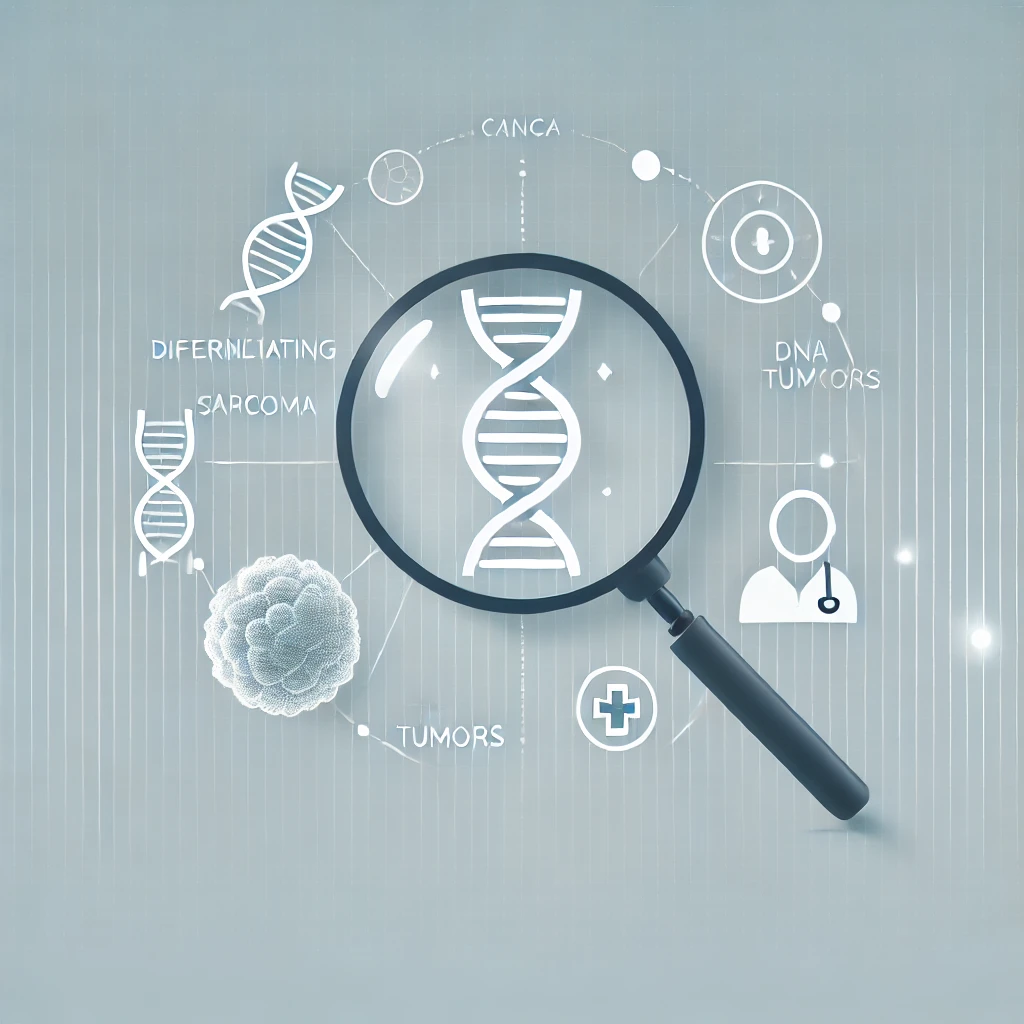Prostate cancer is one of the most common cancers among men worldwide, making the search for effective treatment options an urgent medical necessity. Among the prominent treatment methods is hormone therapy for prostate cancer as a vital option that aims to reduce testosterone levels, which is the main factor in the growth of cancer cells within the prostate.
Hormone therapy shows significant benefits in improving the quality of life of patients, especially in advanced cases that are difficult to treat with traditional methods. However, it is not without challenges, including potential side effects and adapting to the resulting physical and psychological changes.

What is hormone therapy for prostate cancer?
Hormone therapy for prostate cancer is a type of medical treatment that aims to reduce or block the effect of testosterone (the main male hormone) on prostate cancer cells.
Hormone therapy for prostate cancer is called androgen deprivation therapy (ADT) because most prostate cancer cells depend on androgens to grow.
Hormone therapy works by either lowering testosterone levels in the body or preventing it from attaching to receptors on cancer cells, which slows the growth of the tumor or shrinks it. This treatment is mainly used in advanced cases or when the disease returns after initial treatments, such as surgery or radiation.
When is hormone therapy used?
-
With radiation therapy as a first-line treatment for cancer that is still present in or around the prostate.
-
With radiation therapy as a first-line treatment for cancer that is still present in or around the prostate.
-
Before radiation therapy, to try to shrink the cancer to make treatment more effective
If the cancer has spread beyond the limits of surgery or radiation.
Hormonal therapy is an effective option for improving patients’ quality of life and controlling symptoms, but it is often used in combination with other treatment strategies to achieve the best results.



